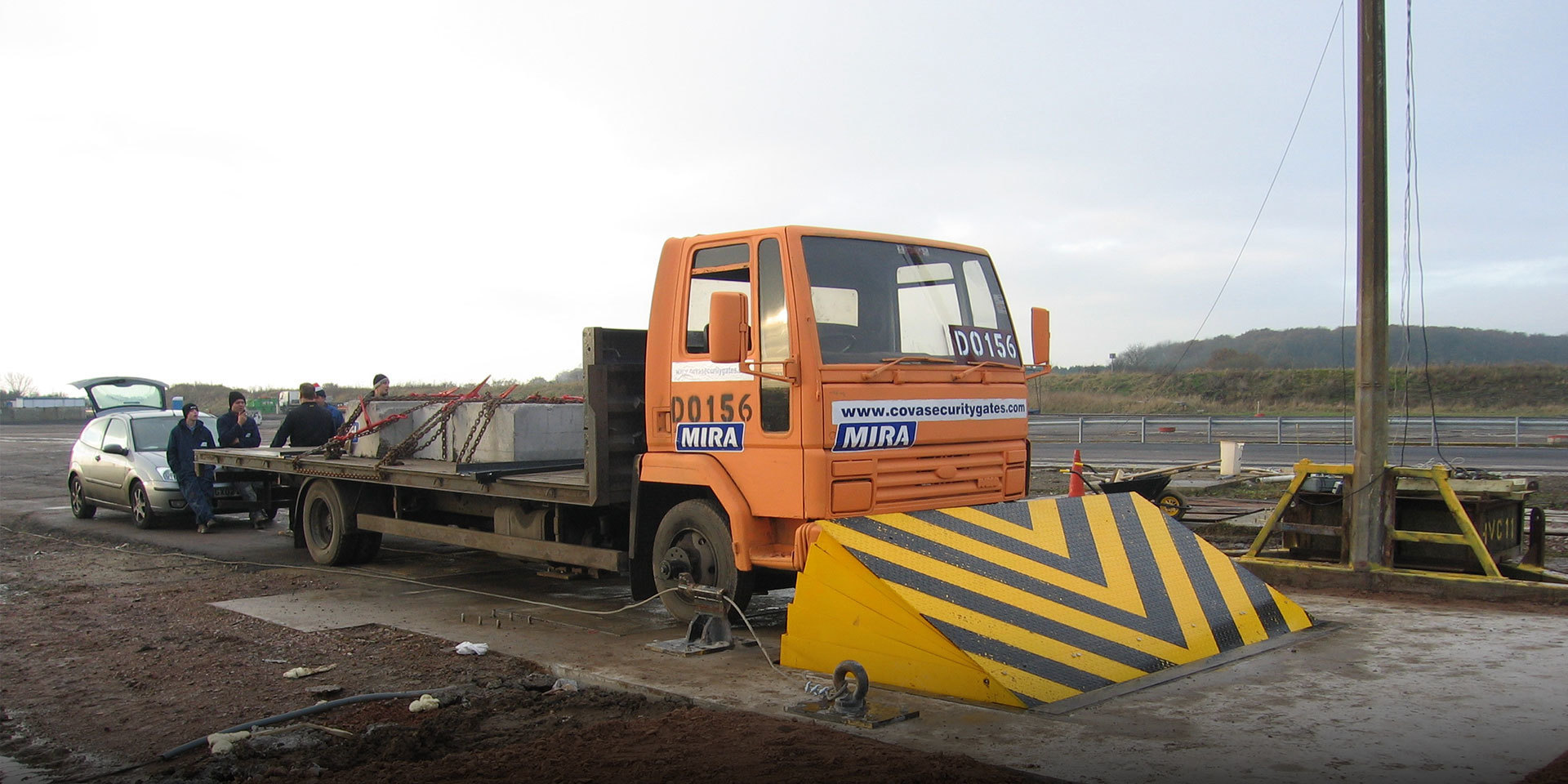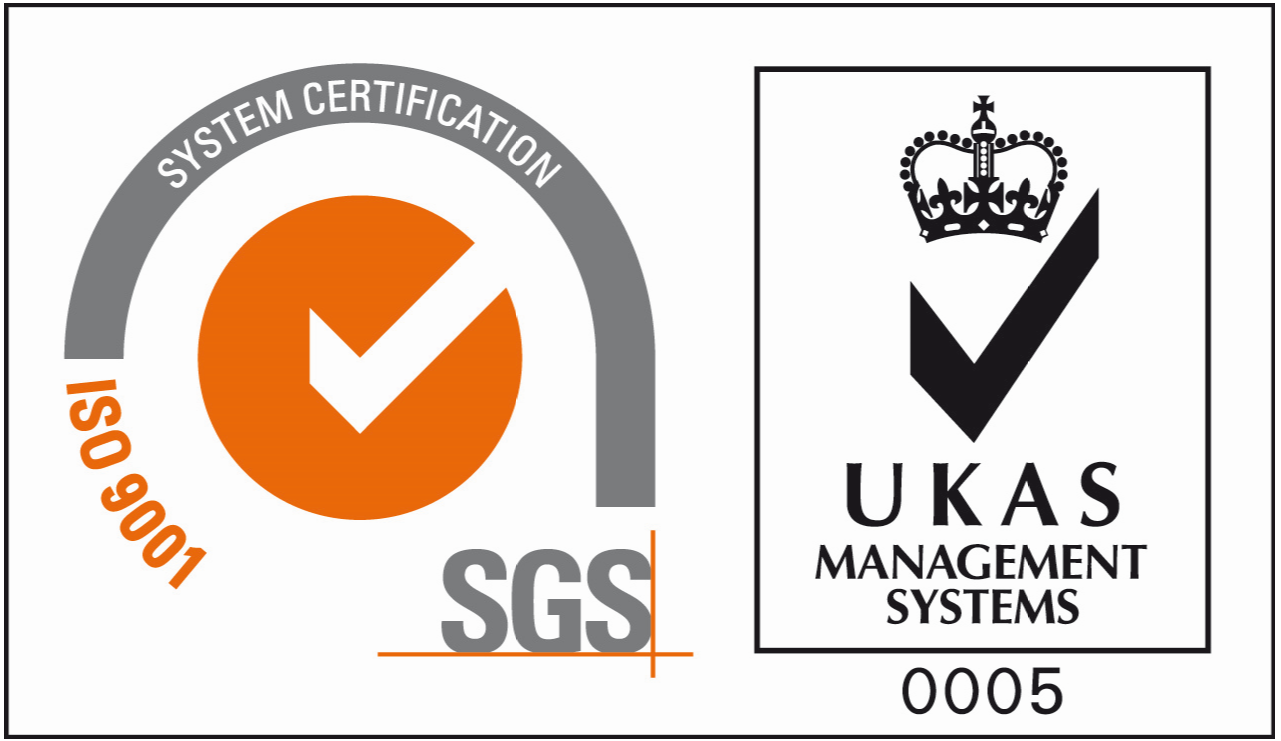Guide to PAS 68
Posted on 31st July 2023 at 09:26
What is PAS 68?
PAS 68 is a publicly available specification developed by the British Standards Institution (BSI) that sets a standard for impact-testing and rating the performance of hostile vehicle mitigation (HVM) products. HVM products such as security gates, road blockers, bollards, and barriers (Vehicle Security Barrier (VSB)) are used to protect people and places against vehicles used as a weapon.
HVM products are commonly used in public spaces, high-security applications, including government and military facilities, critical infrastructure sites, embassies, airports, and commercial properties. They provide an additional layer of protection against intentional vehicle attacks and help to minimise the potential damage and harm caused by such incidents.
The primary aim of PAS 68 is to ensure that barriers can effectively resist and mitigate the impact of a vehicle attack. The specification outlines a comprehensive testing procedure that simulates various vehicle impact scenarios. It covers different types of barriers, such as bollards, barriers, gates, fences, and walls, and assesses their ability to withstand different vehicle sizes and speeds.
During testing, a vehicle is propelled towards the barrier at a predetermined speed and angle. The barrier's performance is then evaluated based on criteria such as the penetration distance of the vehicle, the displacement of the barrier, and the overall structural integrity of the system.
Videos and photographs from Cova Security Gates' PAS 68 Crash Testing from over the years.
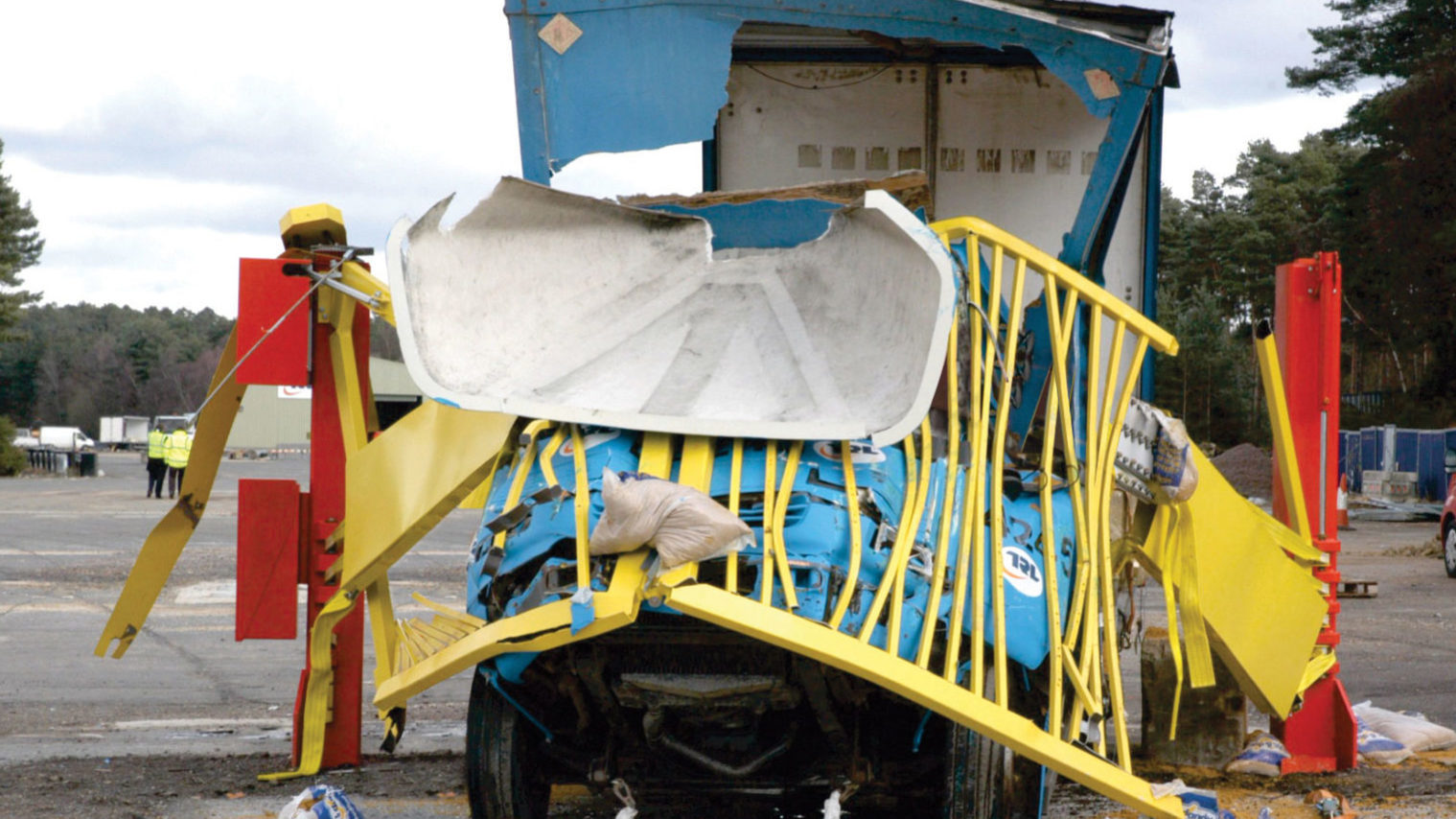
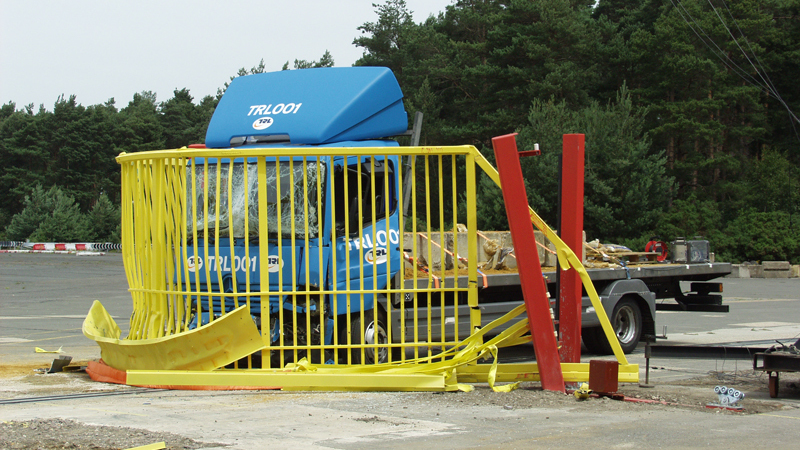
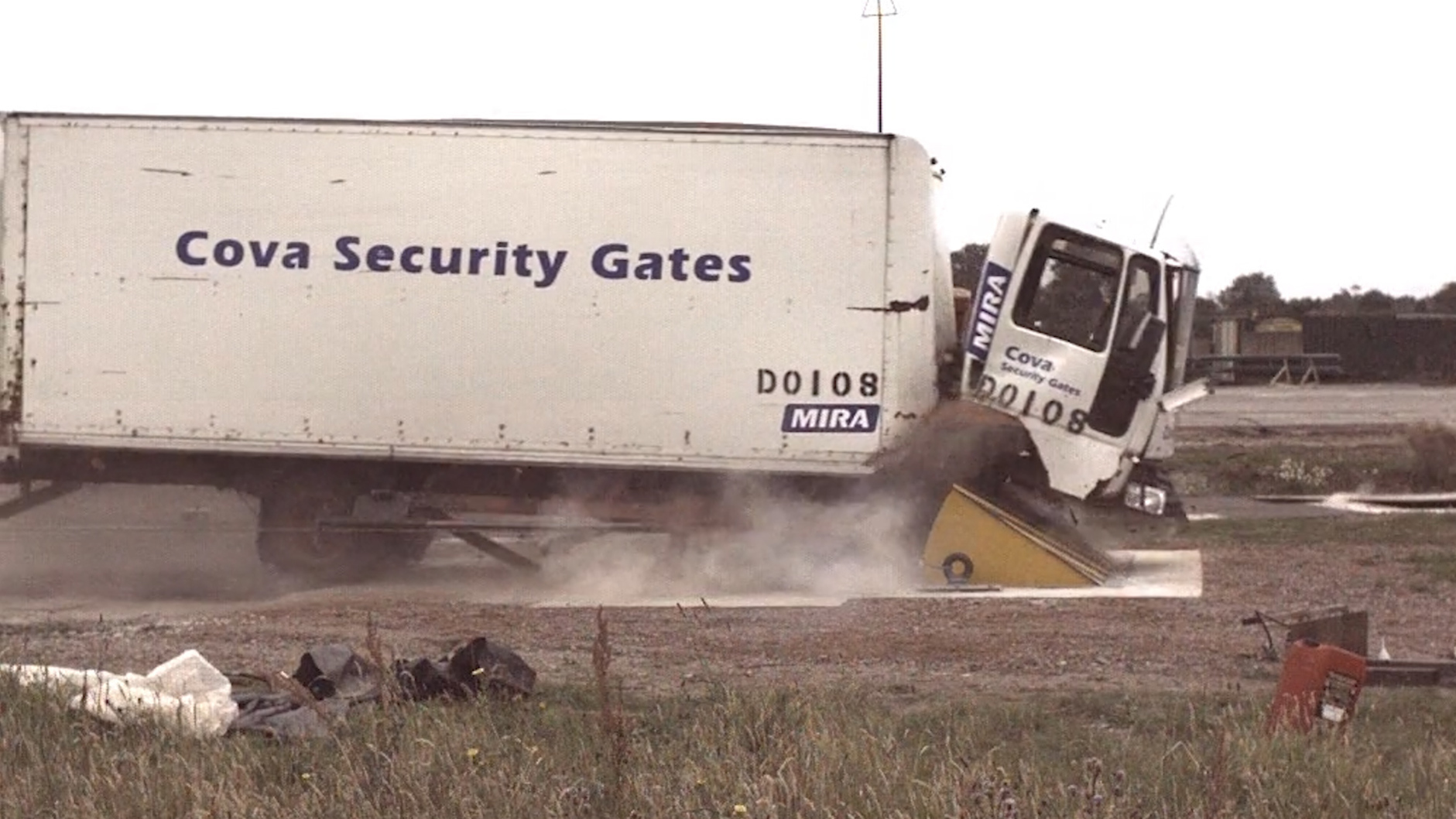
Understanding PAS 68 Ratings
Quite often when reviewing PAS 68 ratings, you see a string of numbers, letters and symbols but what do they mean?
Test Method
The first character represents the test method, which is commonly denoted by 'V,' which signifies that the product has been tested using a real vehicle. Alternatively, you may come across the 'D' method, which involves simulated testing based on design. Lastly, there is the 'P' method, which utilises a pendulum for testing.
V/7500[N3]/80/90:0/0
Vehicle Type
Moving on, we consider the vehicle's mass and type. The mass is measured in kilograms, the designation "(N3)" indicates the vehicle category.
V/7500[N3]/80/90:0/0
Below is a comprehensive breakdown of various vehicle types:

1,500 kg
M1

7,500 kg
N2

2,500 kg
N1G

7,500 kg
N3

3,500 kg
N1

30,000 kg
N3
(DIAGRAMS NOT TO SCALE)
Test Speed
Following vehicle mass type, we consider the test speed, which is measured in kilometres per hour (kph). Referring to our example rating, the vehicle was tested at a speed of 80kph. Below is a table of test speeds in relation to vehicle category.
V/7500[N3]/80/90:0/0
Below is a table of test speeds:
16 kmh
(10 mph)
32 kmh
(20 mph)
48 kmh
(30 mph)
64 kmh
(40 mph)
80 kmh
(50 mph)
96 kmh
(60 mph)
112 kmh
(70 mph)
Please note that the most common test speed are from 48 kmh to 80 kmh.
Impact Angle
The subsequent section provides the test's impact angle, typically set at 90 degrees.
V/7500[N3]/80/90:0/0
Impact Penetration
This measurement indicates the distance (in metres) that the load-carrying part of the test vehicle travelled beyond the rear face of the tested product before coming to a full stop. The acceptable level of penetration is determined by the location of the perimeter line in relation to the protected site. The distance between the protected site and the line of protective measures is referred to as the "stand-off."
V/7500[N3]/80/90:0/0

(DIAGRAMS NOT TO SCALE)
Debris Dispersion
Lastly, we consider the dispersion distance of significant debris. This measurement, expressed in metres, indicates the farthest distance reached by debris weighing over 25kg during the test.
This is included to help security engineers visualise the test and should not be a focal point for end-users. This has caused some confusion in the past, resulting in the IWA 14-1 standard not including the dispersion distance measurement.
V/7500[N3]/80/90:0/0
Further Information
Due to the unique characteristics of each site and the nature of the threats they face, there is no universally applicable PAS 68 rated Hostile Vehicle Mitigation (HVM) product that fits on every site. Stakeholders are often faced with specific factors such as available foundation depths, traffic flow, and the philosophy of how their sites operate. Therefore, a "one size fits all" approach never works.
To find a suitable product for your needs, a vehicle dynamic assessment (VDA) must be conducted. This assessment will identify vehicle threats, vulnerabilities, and approach speeds in various locations, including sites, crowded areas, and other infrastructure with multiple access points. A VDA is typically conducted by an accredited Security Consultant or a Counter Terrorism Security Advisor.
Our Complete Range
Tagged as: PAS 68
Share this post:







